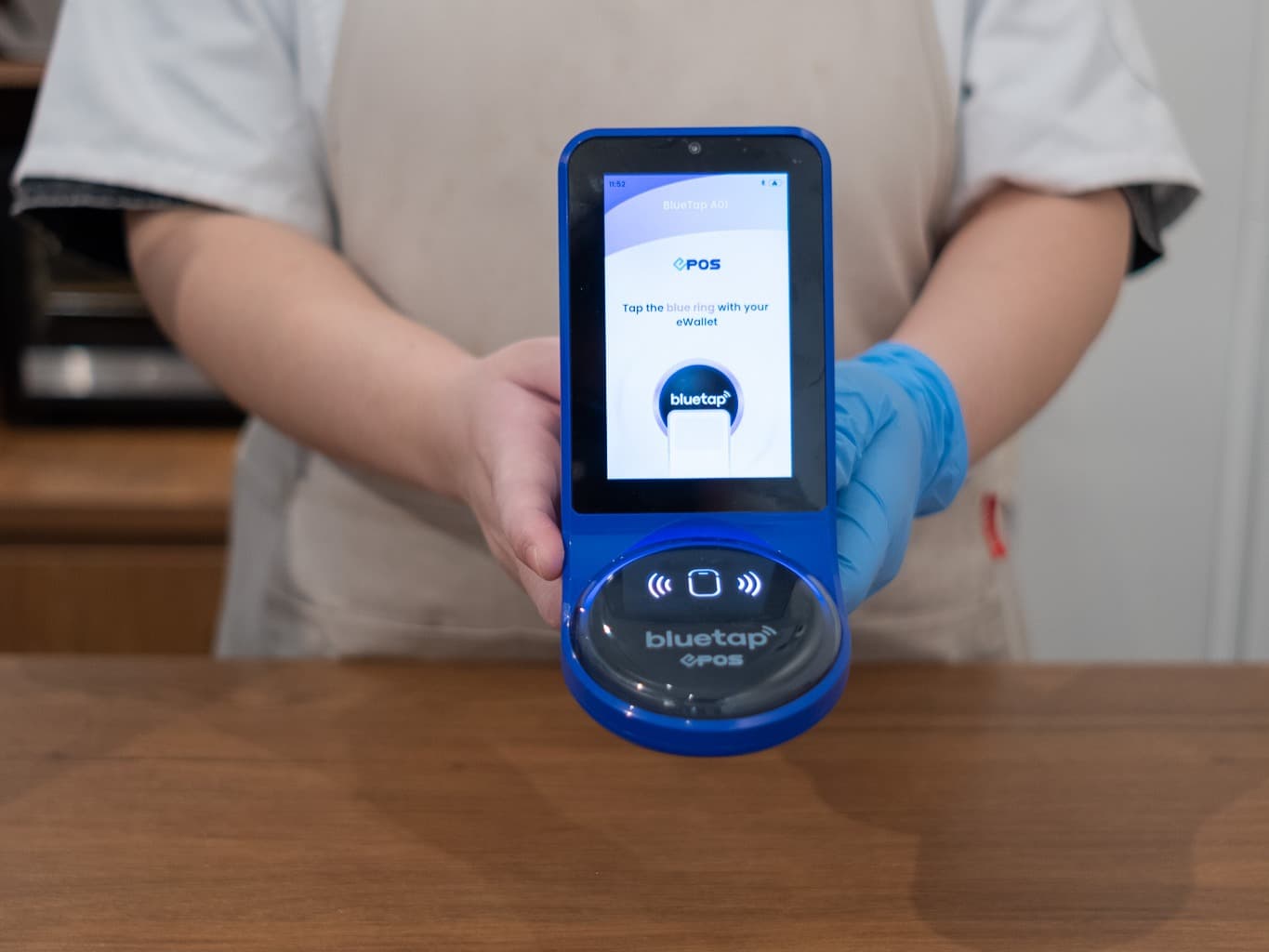
When a single data mismatch threatened to leave a rural clinic in the dark, Priyam Ganguly set out to build a real-time pipeline that never lets errors slip through.
Solar installations promise cleaner power for families and businesses, but each array depends on layers of data, customer records, project schedules, finance codes, all moving through separate systems. With the solar market expanding at roughly 17 percent a year through 2030, those data flows have become the hidden backbone of clean-energy growth. Behind the scenes, one misplaced identifier or stale project status can stall installations, disrupt billing, or erode trust with regulators.
In early 2022, Priyam Ganguly, serving as lead data engineer at a major provider, confronted that challenge head on. A routine audit uncovered a missing customer ID that stood to delay more than two dozen rooftop installs in a small town. For the families relying on solar power to keep air conditioners running during heat waves, that glitch was more than an inconvenience, it threatened their comfort and safety. “In solar, every data point carries the weight of someone’s livelihood,” Ganguly says.
Priyam’s solution was to replace slow, batch-style updates with a live, event-driven data pipeline. At its core, the system uses an orchestration tool that schedules weekly audits to scan for mismatches between the enterprise resource platform, where orders, inventory, and billing data live, and the cloud analytics service that supports executive dashboards. Advanced SQL scripts validate critical fields, from customer identifiers to finance classifications, while a filtering layer ensures only completed project records feed downstream reports.
That combination of automation and validation paid off fast. In one pilot test, the pipeline flagged a finance code error that would have held up 25 installations. Crews were rerouted within minutes, and panels went live on schedule. By detecting faults the moment they entered the system, the new approach cut billing delays from weeks to hours and slashed data integrity issues by 80 percent.
Those improvements have real-world consequences. For a small business owner, timely installations mean lower energy costs and faster return on investment. For a rural residence, reliable solar power provides peace of mind when the grid falters. In one example, a community center that runs after-school programs saw its opening delayed by a data glitch under the old system. Since the pipeline’s launch, similar errors have all but disappeared, ensuring lights stay on for students and staff.
Beyond individual sites, the project has drawn attention from regulators and industry peers. Compliance teams now reference Priyam’s live-audit model as a best practice for data governance. Smaller installers, unable to build custom pipelines on their own, have begun piloting open-source versions of his SQL validation scripts. Regulators in several states are exploring similar automated checks to enforce reporting accuracy without manual audits.
Yet the gains are not solely technical. By moving error detection upstream, leadership can shift focus from data reconciliation to strategic priorities, like expanding capacity in underserved regions or negotiating new financing programs. Priyam estimates that freeing analysts from routine checks has recaptured more than 500 hours of staff time each quarter. That time now fuels initiatives to integrate weather-sensor data and forecast panel performance, further strengthening reliability for communities prone to extreme conditions.
The pipeline’s design also anticipates future growth. Built on a serverless computing framework, it scales automatically as data volumes rise, processing millions of events with minimal latency. A cloud storage layer stages data for audits without adding infrastructure overhead, and the orchestration service adapts to new data sources, whether that’s IoT sensors on panels or financial feeds from third-party lenders.
By demonstrating how live integration can maximize both efficiency and compliance, Priyam’s work offers a template for other renewables. Wind farms facing turbine maintenance schedules and energy-storage projects managing charge cycles share the same need for accurate, timely data. Smart-grid operators tracking supply and demand in real time could adapt his pipeline to maintain stability during peak loads.
Still, the heart of this effort remains local. In Pine Valley, a town vulnerable to storm-driven outages, the system’s first major test saved a day’s worth of lost power when a data error threatened to delay a battery-backed solar array. Crews were alerted automatically, the fix applied in production, and residents woke to full power without interruption.
That outcome embodies Priyam’s guiding principle: prevent mistakes before they affect lives. “Our goal was to develop a system that anticipates mistakes before they get in the way of lives,” he says.
As the solar industry races toward 2030, data systems like Priyam’s will be critical to mapping its path. By removing errors, optimizing processes, and enabling live decision-making, they allow clean-energy solutions to roll out swiftly and reliably. For communities, that means uninterrupted power for schools, hospitals, and homes. For investors and regulators, it builds confidence that the industry can meet both performance targets and compliance obligations.
Next, Priyam plans to integrate meter-level sensor data so that equipment faults trigger alerts before any customer impact. He is also exploring machine-learning models to predict data anomalies based on usage patterns. Those advances could push error rates even closer to zero, and bring the promise of clean energy within reach for more people, in more places, more of the time.


